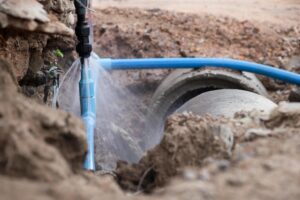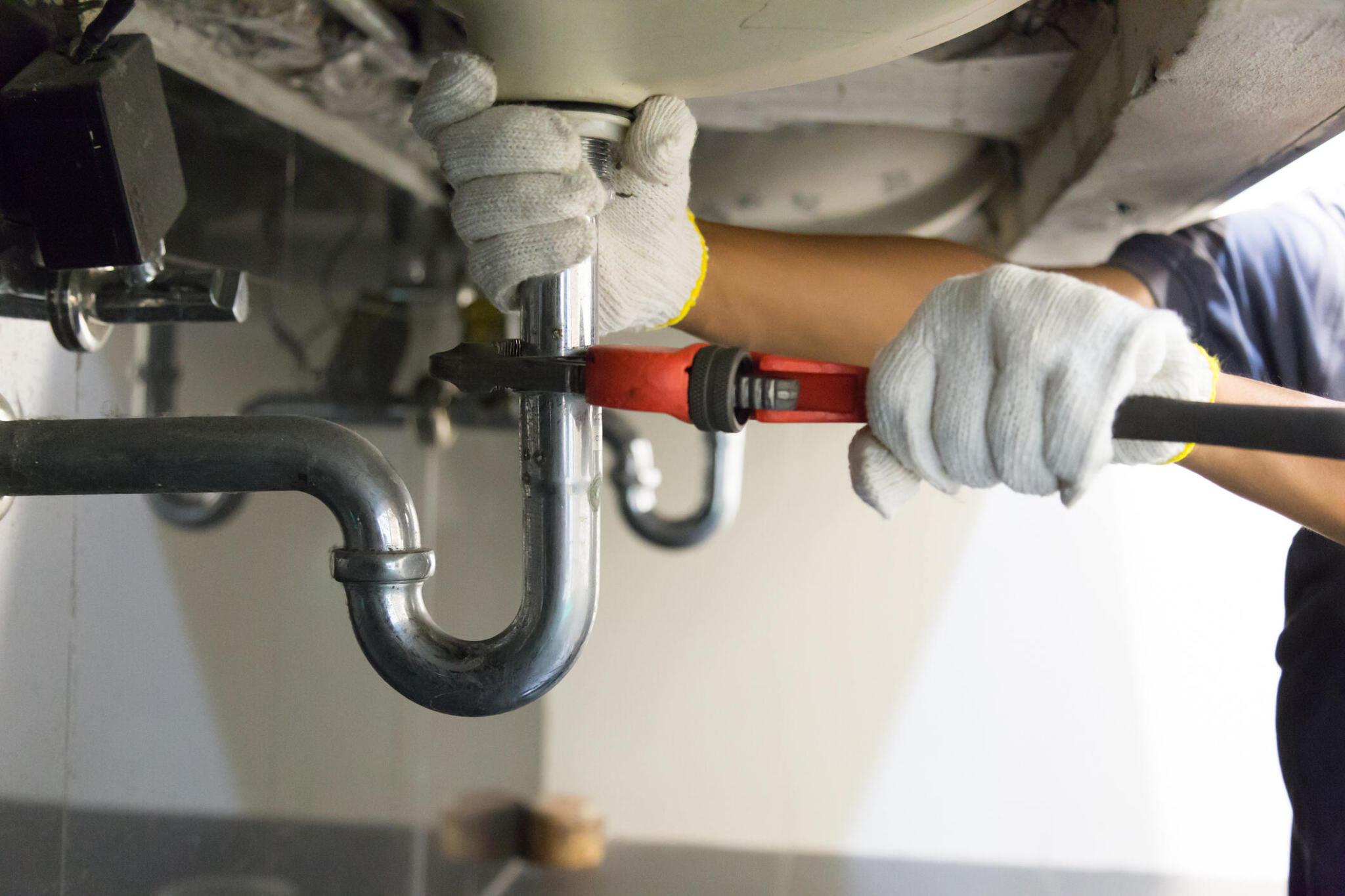Introduction
Definition of Leak Repair
Leak repair involves the detection and correction of water leaks in various systems, preventing potential damage and ensuring the longevity of structures.
Importance of Timely Leak Repairs
Procrastination in leak repairs can lead to severe consequences, impacting the structural integrity of buildings and causing unnecessary financial strain.
II. Common Causes of Leaks
A. Aging Infrastructure
Old and deteriorating pipes or roofing materials are common culprits behind leaks, emphasizing the importance of regular inspections.
B. Poor Installation
Incorrect installation of plumbing systems or roofing materials can result in leaks, highlighting the need for professional expertise during installations.
C. Harsh Weather Conditions
Extreme weather conditions, such as heavy rainfall or freezing temperatures, can exacerbate existing vulnerabilities in structures, leading to leaks.
III. Identifying Leaks
A. Visible Signs
Water stains, dampness, and mold growth are visible indicators of leaks that should not be ignored.
B. Advanced Leak Detection Technologies
Modern technologies like infrared cameras and acoustic sensors enable precise identification of hidden leaks, ensuring comprehensive repairs.
IV. DIY Leak Repair Tips
A. Temporary Fixes
Quick DIY solutions can temporarily address leaks, providing a stopgap measure until professional assistance is available.
B. Essential Tools for DIY Repairs
Equipping yourself with basic tools like pipe wrenches and sealants can empower you to handle minor leaks independently.

V. Hiring Professional Leak Repair Services
A. Benefits of Professional Assistance
Professionals bring expertise and efficiency to leak repairs, ensuring a thorough and lasting solution.
B. Choosing the Right Leak Repair Specialist
Research and recommendations play a crucial role in selecting a reliable and skilled professional for leak repairs.
VI. Cost Considerations
A. Estimating DIY Costs
Considering the expenses involved in DIY repairs helps homeowners make informed decisions.
B. Comparing DIY Costs with Professional Services
Weighing the costs of DIY repairs against professional services aids in choosing the most cost-effective option.
VII. Importance of Immediate Action
A. Avoiding Further Damage
Swift action prevents leaks from escalating into larger, more costly issues.
B. Impact on Utility Bills
Leakages contribute to increased water bills, making timely repairs financially prudent.
VIII. Sustainable Leak Repair Solutions
A. Eco-Friendly Repair Materials
Opting for environmentally friendly repair materials minimizes the ecological impact of leak repairs.
B. Long-Term Environmental Impact
Implementing sustainable leak repair practices contributes to the long-term well-being of the environment.
IX. Case Studies
A. Successful DIY Leak Repairs
Stories of homeowners successfully tackling leaks independently inspire confidence in DIY endeavors.
B. Professional Intervention Success Stories
Highlighting instances where professionals efficiently addressed complex leaks reinforces the value of their expertise.

X. Preventive Measures
A. Regular Maintenance Checks
Frequent inspections and maintenance help identify and address potential leaks before they escalate.
B. Upgrading Plumbing Systems
Investing in modern, durable plumbing systems reduces the likelihood of future leaks.
XI. Innovations in Leak Repair
A. Smart Leak Detectors
Technological advancements such as smart leak detectors offer real-time monitoring and instant alerts.
B. Predictive Analytics for Leak Prevention
Utilizing predictive analytics helps foresee potential leaks, allowing proactive measures before damage occurs.
XII. Community Awareness
A. Educating the Public
Raising awareness about leak prevention fosters a proactive community approach to maintaining infrastructure.
B. Local Initiatives for Leak Prevention
Communities can implement local initiatives and campaigns to address leaks collectively.
XIII. Real-life Consequences of Ignoring Leaks
A. Structural Damage
Neglecting leaks can lead to severe structural damage, compromising the safety of buildings.
B. Mold Growth and Health Concerns
Mold resulting from leaks poses health risks, emphasizing the urgency of timely repairs.
XIV. Future Trends in Leak Repair
A. Technological Advancements
Anticipating future technologies ensures that leak repairs remain efficient and effective.
B. Sustainable Practices
Continued emphasis on sustainable practices will likely shape the future of leak repair.
XV. Conclusion
In conclusion, leak repair is not just about fixing immediate issues but safeguarding your property and the environment. Whether opting for DIY solutions or seeking professional help, addressing leaks promptly is a responsibility we owe to our homes and the planet.
Frequently Asked Questions (FAQs)
- Q: How can I identify a leak in my home?
- A: Look for visible signs such as water stains, dampness, or mold growth. Advanced technologies like infrared cameras, can also aid in detection.
- Q: Is DIY leak repair cost-effective?
- A: DIY repairs may be cost-effective for minor issues, but it’s crucial to weigh the costs against hiring professionals for more complex problems.
- Q: What are the long-term environmental impacts of leak repairs?
- A: Opting for eco-friendly repair materials contributes to minimizing the ecological footprint of leak repairs.
- Q: How often should I schedule maintenance checks for potential leaks?
- A: Regular maintenance checks, at least annually, can help identify and address potential leaks before they become major problems.
- Q: Are there any upcoming technologies for leak prevention?
- A: Yes, innovations like smart leak detectors and predictive analytics are shaping the future of leak prevention.
